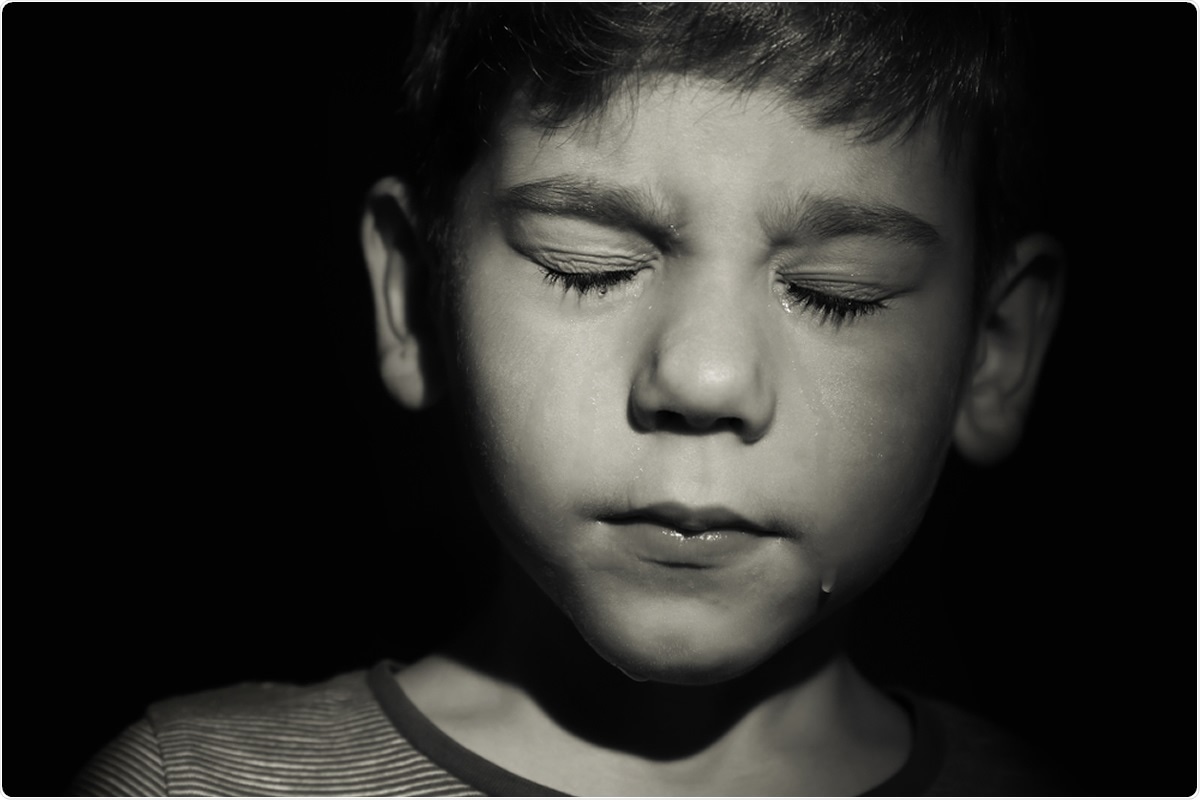A recent study published in the journal Child Abuse and Neglect has reported that the number of child maltreatment reports and child welfare interventions decreased significantly in New York City during the initial phase of the coronavirus disease 2019 (COVID-19) pandemic. A reduction in child protective service investigations has also been observed. Overall, the findings suggest that healthcare providers and teachers should be more attentive about detecting possible signs of child abuse during online child interaction sessions.

To curb the spread of severe acute respiratory syndrome coronavirus 2 (SARS-CoV-2), the causative pathogen for COVID-19, several non-pharmacological control measures, such as mask-wearing, hand washing, social distancing, movement restrictions, and closing of schools/daycare centers and workplaces, have been strictly implemented in many countries across the world. Although these measures have helped manage the pandemic's health-related aspects, they have put a significant burden on the country's economies in general.
Studies conducted during previous pandemic situations have revealed that pandemic-related challenges, such as social isolation, loss of a job, financial hardship, parenting stress, increased alcohol/illicit drug consumption, and emotional distress can significantly increase the risk of family violence, including child abuse. However, because of the pandemic-related restrictions, professionals who are competent for recognizing child abuse cases have limited access to children and their families. This may lead to underreporting of child maltreatment cases.
The current study has been undertaken to evaluate the extent of underreporting of child maltreatment cases by different professionals, such as educators and healthcare providers.
Current study design
The scientists estimated the number of child maltreatment cases monthly received by child protection committees in New York City from January 2015 to May 2020. They also evaluated the number of investigations carried out by child protective services during this period.
Specifically, they analyzed the data collected between January 2015 and February 2020 by seasonal Autoregressive Integrated Moving Average modeling to investigate the deviation between observed. They predicted numbers of child maltreatment cases and childcare investigations for March, April, and May 2020. They separately analyzed the cases reported by authorized reporters (educators, social service providers, law enforcement officers, and medical and mental health personnel) and non-authorized reporters (caregivers, friends, neighbors, and other relatives).
Important observations
The scientists observed that a lower than expected number of child maltreatment cases were reported in March, April, and May 2020 in New York City. Moreover, the reduction in reporting was significant for all subgroups of reporters. A reduction in the number of investigations carried out by child protective services was also noticed in the study.
Specifically, the number of child maltreatment reporting reduced by 29% in March and by 50% in April and May 2020. The scientists believe that the underreporting of child maltreatment cases is likely due to pandemic-related restrictions, such as closure of schools/daycare centers.
Study significance
Because of the COVID-19 pandemic related restrictions, the number of pediatrician-children meets has been reduced significantly in New York City. Similarly, the provision of direct interaction between educators and children has been reduced due to school closures. Although many virtual platforms have been created to facilitate educational and healthcare services, children and caregivers generally feel uncomfortable reporting any incidence of maltreatment online because of a lack of privacy. According to the scientists, these are the major reasons for underreporting, and with the pandemic restrictions continuing, there remains a possibility of missing many cases of child maltreatment nationwide.
Many online portal services that receive reports directly from child maltreatment victims have reported a 31% induction in the numbers of received reports. Similarly, many hospitals have reported a sharp rise in child admission due to severe injuries from family violence. These findings indicate that the reduced number of child abuse reports observed in the study is due to underreporting and not due to an actual reduction in child abuse incidence.
Given the significant impact of financial hardship and psychosocial stress on child maltreatment, the researchers suggest that healthcare providers and educators should be more vigilant about detecting possible child abuse signs during their online visits to children.